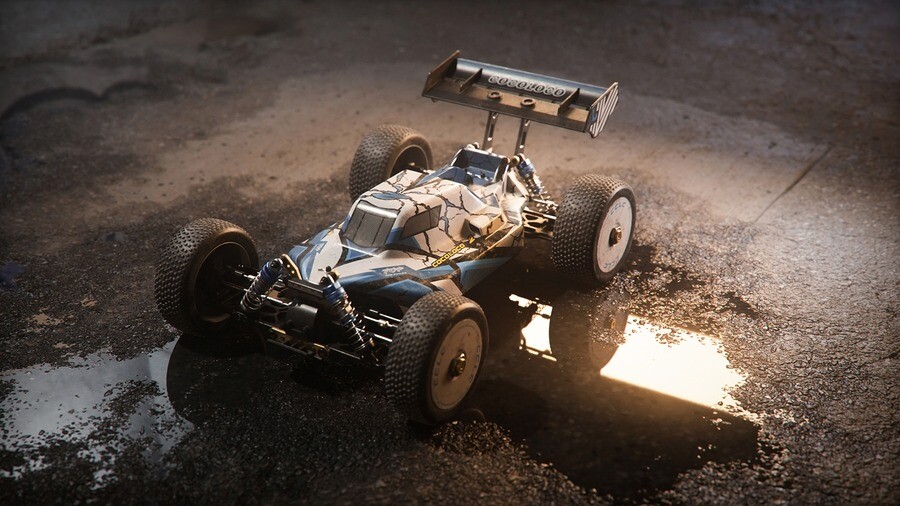The annual SIGGRAPH conference, the largest computer graphics conference in the world, was held in Los Angeles, and it featured a keynote address from NVIDIA founder and CEO Jensen Huang. Unsurprisingly, given where things are with the tech industry right now as well as his company’s expertise, artificial intelligence, and specifically generative AI, was a big focus of the keynote. Huang said, “The generative AI era is upon us, the iPhone moment, if you will.” This was just part of the hour-long talk that honed in on the future – and present – of 3D visualization and simulation.
If there was one broad theme of the event, it was the bringing together of technologies and innovations of the last decade. Things like AI, simulation, 3D visualization in digital spaces are coming together for broader and more useful applications than ever before. Many of Huang’s announcements during the keynote revolved around their hardware to make all of this possible, introducing the GH200 Grace Hopper Superchip platform, as well as new workstations for developing AI systems.
In addition to that, though, there was plenty of talk about the Omniverse and OpenUSD – Universal Scene Description – and how they’re intersecting with this era of generative AI.
On the Omniverse side, the company announced a new release with a number of key improvements and connections. That includes updates to Omniverse Kit, the engine for developing native OpenUSD applications and extensions. Those updates include new abilities for developers to turn functionality on and off in their application, with the modular processes simplifying the process to build custom apps. They’ve also introduces new templates and resources for developers just getting started with OpenUSD and Omniverse, new rendering optimization, and new extended reality (XR) tools.
In addition, the company added new Omniverse Cloud APIs to make it easier for developers to implement and deploy OpenUSD pipelines and applications. That includes a large language model copilot for developers, called ChatUSD, which can answer questions about USD and generate code scripts for these applications. You can read about all of the Omniverse updates here.
That USD was such a focus of this keynote did not come as too much of a surprise, given the recent news that NVIDIA was one of five major companies coming together to form the Alliance for OpenUSD. Along with the aforementioned ChatUSD model, they also announced DeepSearch and RunUSD.
The former is a large language model agent enabling fast semantic search through massive databases of untagged assets, while the latter is a cloud API that translates OpenUSD files into fully path-traced rendered images by checking compatibility of the uploaded files against versions of OpenUSD releases, and generating renders with Omniverse Cloud.
NVIDIA also took note of all of the industries that can take advantage of USD, including the geospatial space. USD was created by Pixar and was thus really created for animation projects, and while geospatial and facility management applications can be enhanced with this framework it comes with slightly different demands. NVIDIA announced that they are introducing new specifications for OpenUSD to address simulations of different scales using USD, using SimReady assets.
Generally speaking, a lot of these tools and capabilities did exist to some extent as major innovations in recent years. USD was invented in 2012 and open sourced in 2016. Omniverse has been a well-established part of NVIDIA’s portfolio, and generative AI has been the talk of the tech world for about a year now.
But having all of this come together, along with NVIDIA’s new chip and workstation innovations, opens up new possibilities for many industries, including geospatial workflows as well as facility management. For the latter, it’s easier than ever to build a hyper-realistic model of a space and to run physics-enabled simulations to train robots and plan for renovations and new construction. NVIDIA is also adding geospatial data models for OpenUSD, allowing for accurate digital twins of everything from a single building or asset all the way up to the entire Earth.
“Just as HTML ignited a major computing revolution of the 2D internet, OpenUSD will spark the era of collaborative 3D and industrial digitalization,” Huang said. “NVIDIA is putting our full force behind the advancement and adoption of OpenUSD through our development of NVIDIA Omniverse and generative AI.”
You can watch the full keynote address here.






